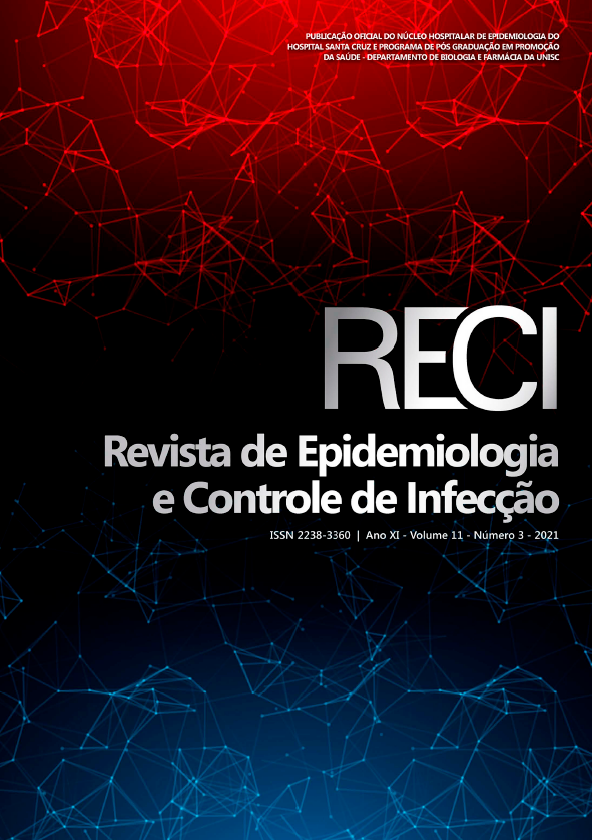The daily life of the family living with a crack user
DOI:
https://doi.org/10.17058/reci.v11i2.14800Keywords:
Cocaína crack. Drogas ilícitas. Família. Relações familiares. Enfermagem.Abstract
Background and objectives: Drug use is considered a public health problem due to the physical, biological, psychological and social repercussions caused by this phenomenon in the lives of users and society in general. The aim of this study was to describe the daily life of the family living with a crack user. Methods: This is an exploratory-descriptive qualitative study. Data were collected through a focus group with ten family members of crack addicts admitted to a drug detox treatment unit in a hospital in Rio Grande do Sul. Data were analyzed according to content analysis. Results: Based on the analysis of results, two categories emerged, namely “Feelings of family members” and “Living with concerns”. Conclusion: Crack addiction weakens family relationships and disrupts the family and social life.Downloads
Published
How to Cite
Issue
Section
License
Copyright (c) 2021 Daiana Foggiato de Siqueira, Claudete Moreschi, Dirce Stein Backes, Luís Felipe Pissaia

This work is licensed under a Creative Commons Attribution 4.0 International License.
The author must state that the paper is original (has not been published previously), not infringing any copyright or other ownership right involving third parties. Once the paper is submitted, the Journal reserves the right to make normative changes, such as spelling and grammar, in order to maintain the language standard, but respecting the author’s style. The published papers become ownership of RECI, considering that all the opinions expressed by the authors are their responsibility. Because we are an open access journal, we allow free use of articles in educational and scientific applications provided the source is cited under the Creative Commons CC-BY license.


